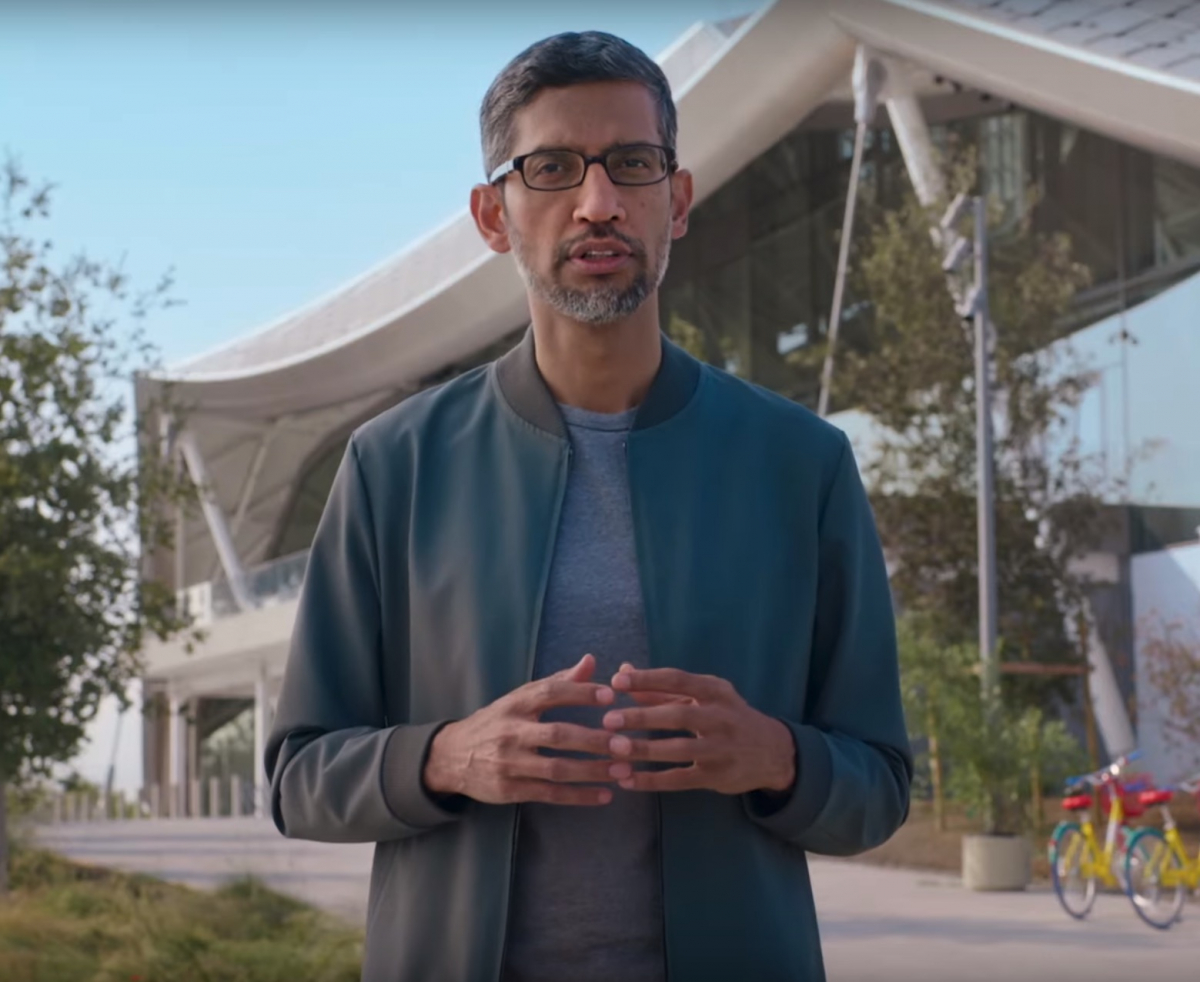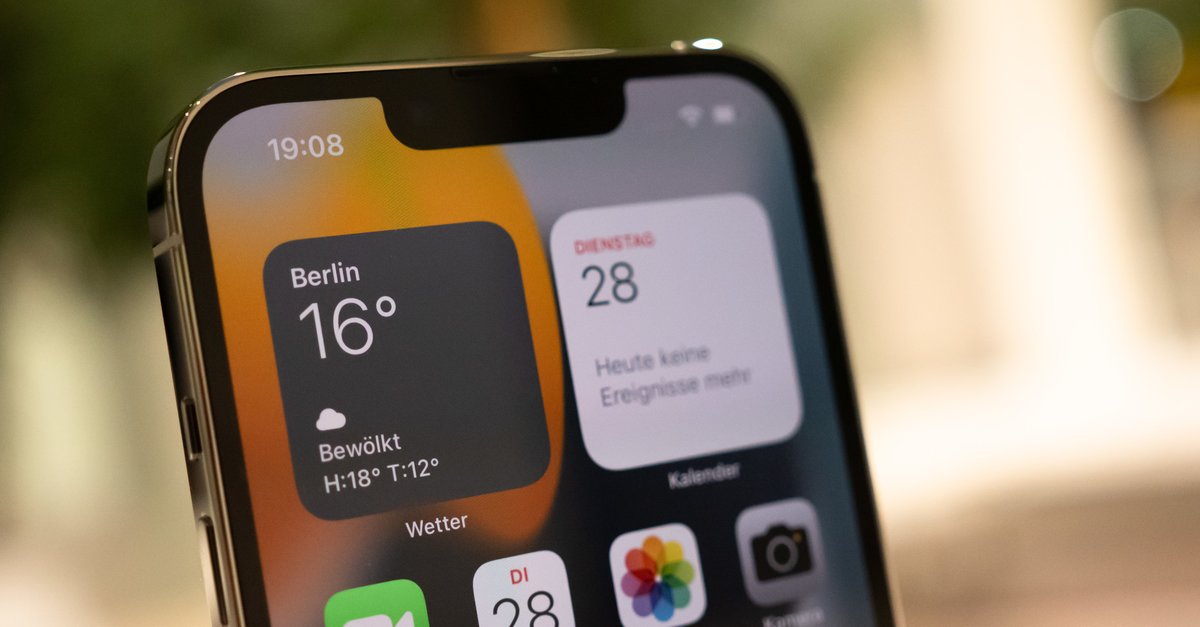More sustainability for maps, travel and co.
With environmentally friendly routes and a number of innovations, Google wants to help save millions of tons of greenhouse gas. In addition, the group wants to become more environmentally friendly itself.
Whether for travel and route planning, shopping or smart homes: Google wants to gear its own offers more towards sustainability and has come up with a number of ideas. The search engine market leader no longer has to become CO2-neutral, it has been since 2007. Last year it set itself higher goals: it wants to become completely CO2-free by 2030. Google claims the industry-wide To operate the “cleanest cloud”. Five of the company’s own data centers already work with 98 percent CO2-free electricity. At Apple, all data centers have been running on 100 percent renewable energy for a long time.
Contents
Maps against climate change
Alternatively, Google Maps now also offers a more environmentally friendly route – even if it takes a little longer. (Image: Google)
The new ones alone “Environmentally friendly routes” in Google Maps should possibly be a million tonnes less CO2. The feature will initially be launched in the USA and offer the user an alternative route with a better environmental balance. The program automatically gives her priority if she promises a similar travel time. An automatism that can be reversed. Maps then shows the alternative with the corresponding explanation – for example: “Save 10 percent fuel with only 2 minutes longer driving time.” In the background, algorithms develop the information on the basis of data from the National Renewable Energy Laboratory (NREL).
Google has noticed that people are increasingly switching to the most climate-friendly city vehicle: the bicycle. The number of calls for cycle routes has almost doubled. For this purpose, Maps now offers the new “Lite Navigation”. Instead of the turn-by-turn method, which is rather cumbersome on the bike, the new view continuously shows the riding progress, altitude meters and the estimated time of arrival. In addition, the provider has expanded the information on bike and bike sharing to over 300 cities. Included are the providers Donkey Republic, Tier, Voi, Bird and Spin.
In the future, the platform will display the Co2 consumption for every flight. It marks particularly harmful trips in red. The calculation also includes the passenger class, so that business class flights perform worse because they consume more space. When searching for a hotel, Google will soon display existing environmental certificates for the houses. They should also be able to lead their own climate protection measures. The hotel chains from Hilton and Accor are just the beginning.
In the case of particularly energy-intensive products, the company wants to highlight their electricity consumption. For example, users of tumble dryers and dishwashers should be made aware of energy-saving alternatives. This feature will initially be released in the USA, which, unlike the EU, does not have any energy-saving labels. Extensive information on power consumption, charging station locations and charging time should also be displayed for electric vehicles. If you want to shop on Google Finance, you will also see the environmental impact of investment opportunities. To do this, the system uses the Climate Change Score, which the Non-profit charity CDP Drafted it 20 years ago and has managed it ever since.
Another initiative of the group revolves around the smart home subsidiary Nest. A new technology from Nest is called Energy Shift and is intended to ensure that the household uses electricity when the electricity mix contains higher proportions of alternative energy generation. In addition, Energy Shift could also use electricity at times when it is cheaper. The parent Nest Renew program It also provides users with their own energy savings reports and those from the entire Renew community. In addition, Nest Renew is launching an extended reward system: Those who are particularly environmentally friendly can choose an eco-NGO that benefits from the money.
Google’s project to optimize traffic light switching is still being tested. This should lead to shorter waiting times and lower pollutant emissions. There are currently test facilities in four cities in Israel. 10 to 20 percent lower fuel consumption has already been measured, writes Google in the press release. However, the project is soon to be expanded to include Rio de Janeiro and São Paulo.



